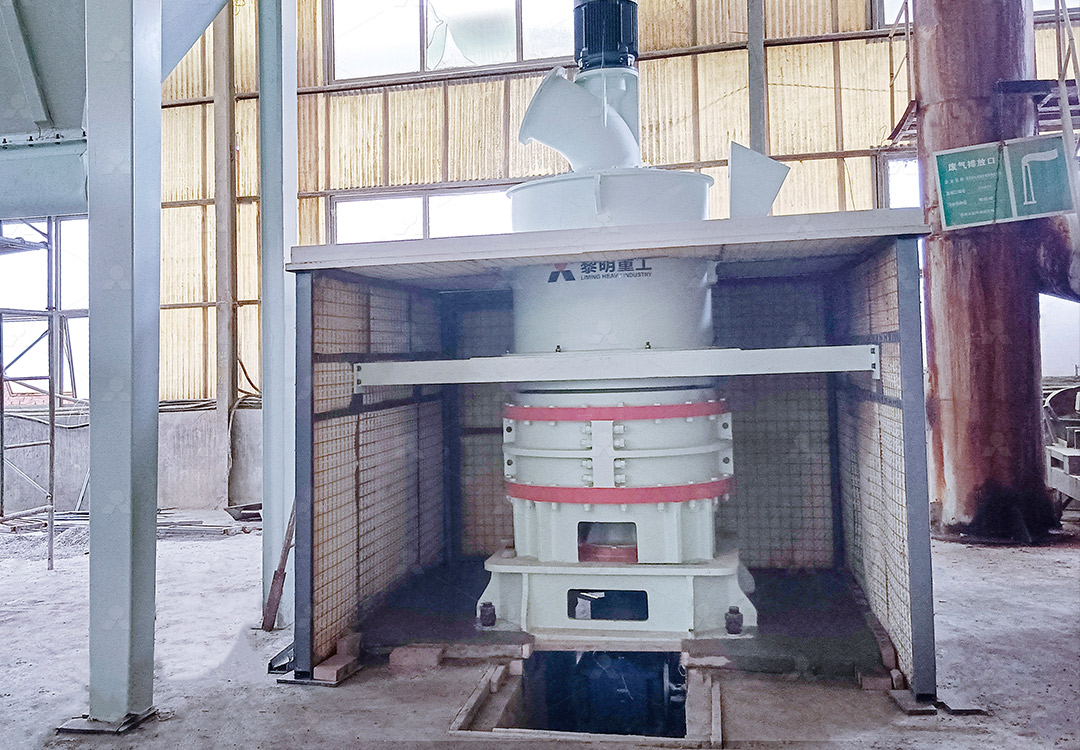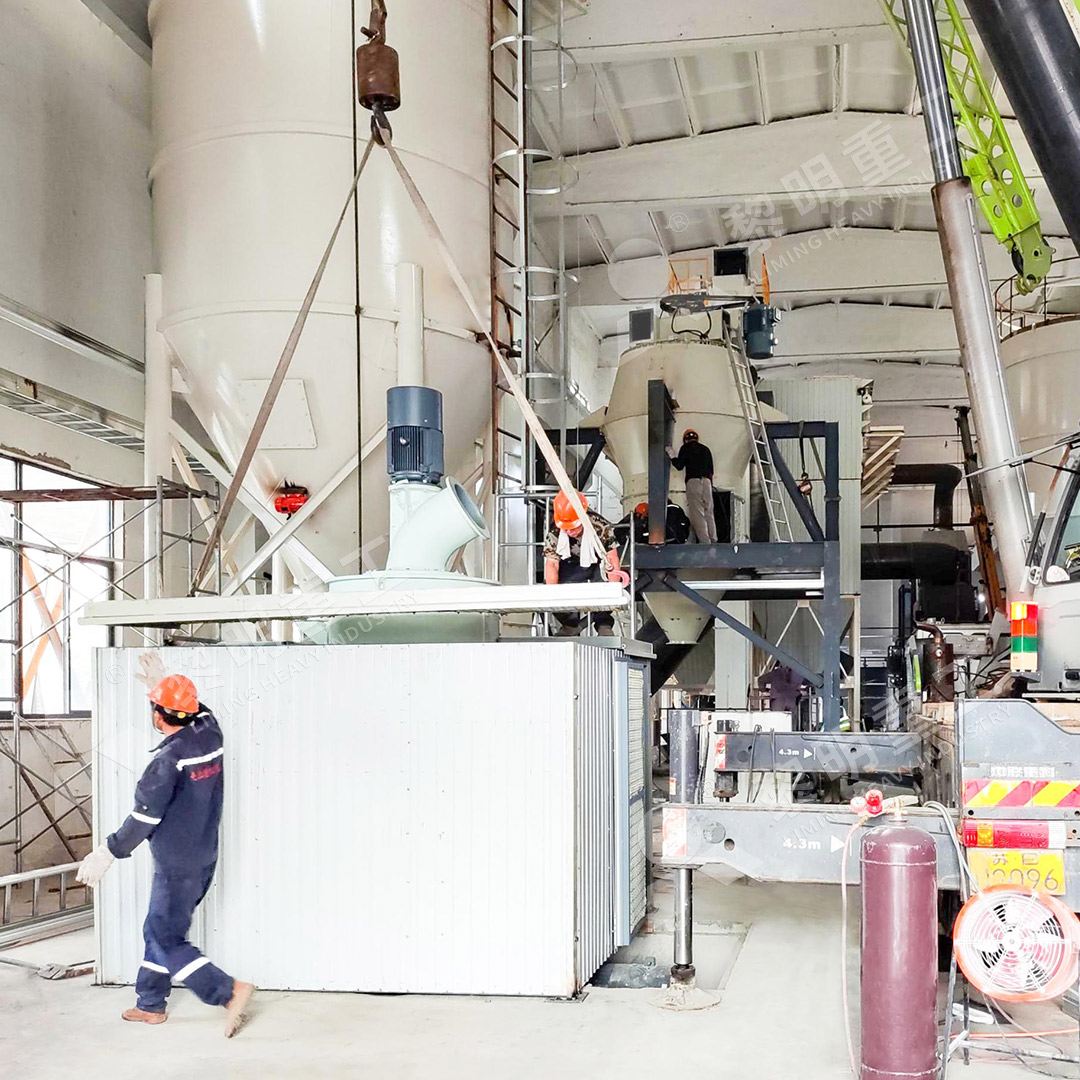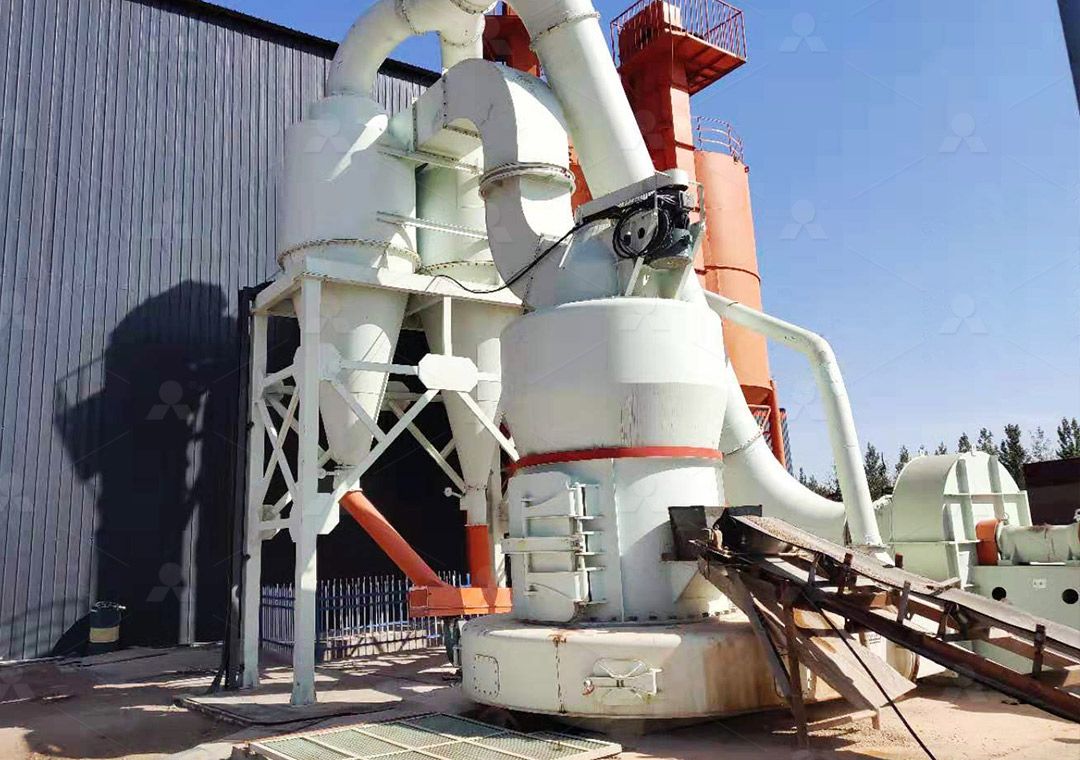Grinding Mills for Sale in South Africa: Types and Prices
We provide a wide range of mills — including Raymond mill, trapezoidal mill, vertical mill, ultrafine mill, and ball mill, obtained ISO9001 international quality certification, EU CE certification, and Customs Union CU-TR certification. Suitable for processing minerals such as limestone, phosphate, quicklime, kaolin, talc, barite, bentonite, calcium carbonate, dolomite, coal, gypsum, clay, carbon black, slag, cement raw materials, cement clinker, and more.
The discharge range of these mills can be adjusted to meet specific processing needs, typically from 80-400 mesh, 600-3250 mesh, and can achieve the finest particle size of up to 6000 mesh(D50).
If you are looking for a reliable grinding solution to turn stone or minerals into fine powder, please feel free to contact our online customer service.
Grinding Mills for Sale in South Africa: Types and Prices
South Africa’s mining and construction sectors are booming, and with that comes a high demand for reliable and efficient grinding equipment. Whether you’re processing minerals, coal, or industrial materials, choosing the right mill is crucial for your operation’s productivity and profitability. The market offers a variety of mills, each with its own strengths, applications, and price points. Understanding these differences is key to making a smart investment.
Common Types of Grinding Mills
Let’s break down some of the most common types of grinding mills available:
Ball Mills: These are the classic workhorses of the industry. They are versatile and can handle a wide range of materials. They operate by tumbling steel balls inside a rotating cylinder to crush and grind the material. They are a solid, often more affordable, choice for general milling but can be less energy-efficient compared to newer technologies.
Raymond Mills (R Series): A very popular choice for fine powder processing. Raymond mills are known for their small footprint, lower investment cost, and reliable performance. They are excellent for grinding non-flammable and non-explosive materials with hardness less than 9.3 Mohs, such as barite, calcite, and feldspar.
Vertical Roller Mills (VRM): This is where modern efficiency really shines. Mills like the LM Vertical Grinding Mill integrate crushing, drying, grinding, and classifying in a single unit. Their compact design reduces the floor space needed by up to 50% and can save 30-40% on energy consumption compared to ball mills. They are ideal for large-scale production of cement, coal, and industrial minerals.

Focus on Ultra-Fine Grinding: The MW Series
For operations that require ultra-fine powders (325 to 2500 meshes), a specialized mill is necessary. This is where our MW Ultrafine Grinding Mill stands out. It’s engineered for customers who need to produce high-purity, superfine powder with exceptional efficiency.
This machine is a game-changer. It boasts a production capacity 40% higher than jet mills and double that of a ball mill with the same power input, all while reducing system energy consumption by 30%. Its German-designed cage-type powder selector allows for precise fineness adjustment, ensuring you get exactly the product specification you need. A major advantage is its maintenance-friendly design; with no rolling bearings or screws in the grinding chamber, you avoid common failure points and can perform external lubrication without stopping production.
Equipped with an efficient pulse dust collector and muffler, the MW Mill operates cleanly and quietly, meeting strict environmental protection standards. It’s perfectly suited for processing materials like limestone, calcite, dolomite, talc, and cosmetics additives.

Another Top-Tier Option: LUM Ultrafine Vertical Mill
Another excellent solution for ultra-fine powder projects is the LUM Ultrafine Vertical Grinding Mill. It combines advanced Taiwanese roller technology with German powder separating technology. Its key feature is a unique roller shell and lining plate curve that makes it easier to generate a stable material layer, enabling a high rate of finished product in a single pass. This improves both efficiency and the whiteness of the final product.
It also features multi-head powder separating technology and a PLC control system, which can reduce energy consumption by 30-50% compared to ordinary mills. For stability and safety, it uses double position-limiting technology to prevent destructive impacts from machine vibration.
Pricing Considerations
Prices for grinding mills in South Africa vary widely based on type, capacity, and customization. Smaller Raymond or Ball Mills might start in the range of ZAR 500,000, while high-capacity, advanced Vertical Roller Mills or specialized Ultra-Fine Mills like the MW or LUM series represent a larger investment, often ranging from ZAR 1.5 million to several million, reflecting their superior technology, efficiency, and output capabilities. The best way to get an accurate quote is to consult directly with a supplier, discussing your specific material, required fineness, and capacity needs.

Making the Right Choice
Selecting the right mill is critical. Consider your material’s hardness, moisture content, required final fineness, and desired hourly capacity. While initial cost is a factor, don’t overlook long-term operational costs like energy consumption and maintenance. Advanced mills like our MW Ultrafine Grinding Mill or the LUM Vertical Mill, though a higher upfront investment, offer significant savings over time through drastically lower energy use, higher yields, and reduced downtime.
For operations in South Africa looking to push into high-value, ultra-fine powder markets, investing in technology like the MW Series is a strategic move that enhances product quality and operational efficiency.
